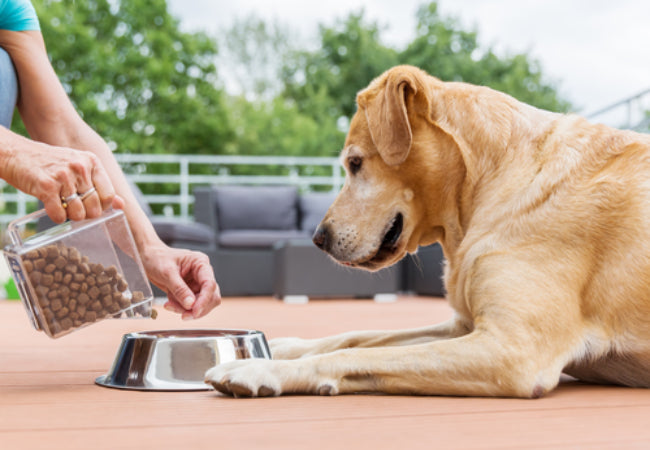Ultimate Guide to Pet Nutrition 2025: What Vets Feed Their Own Pets 🐶🐱

In this article
Ultimate Guide to Pet Nutrition 2025: What Vets Feed Their Own Pets 🐶🐱
By Dr. Duncan Houston BVSc
Pet food shelves are packed with labels—grain-free, raw, freeze-dried, natural, organic. But what matters when it comes to your pet’s nutrition? And what do veterinarians feed their pets?
I’m Dr. Duncan Houston, veterinarian and founder of Ask A Vet. I’ve worked in emergency clinics, rescue shelters, and with pet food brands. I’ve also fed dozens of my foster animals, so here’s what counts when choosing your pet’s food.
🧬 What Makes a Good Pet Food?
- 🔍 Complete and balanced according to AAFCO or FEDIAF guidelines
- 📄 Transparent ingredient sourcing
- 🧪 Formulated by board-certified veterinary nutritionists
- 🏭 Backed by feeding trials and manufacturing quality control
🥩 What Ingredients Matter Most?
- ✅ High-quality animal protein (chicken, fish, lamb, beef)
- ✅ Digestible carbs (rice, oats, barley, sweet potato)
- ✅ Healthy fats for skin, coat, and energy
- ✅ Omega-3s (from fish oil or flaxseed)
- ✅ Vitamins and minerals tailored to life stage
🚫 What Ingredients to Avoid
- ❌ Artificial colors, flavors, preservatives
- ❌ Unnamed “meat by-products”
- ❌ Excess fillers like corn gluten or soy meal as top ingredients
- ❌ Boutique exotic ingredients without safety research
🐶 What Vets Feed Their Own Pets
Surveys from AVMA and other veterinary networks show most vets choose:
- Commercial dry or wet foods from trusted brands like Hill’s, Royal Canin, Purina Pro Plan
- Some fresh or air-dried diets like Ziwi Peak or Fidelis
- Supplements only when indicated by health conditions
📅 Life Stage Nutrition – What Your Pet Needs
🐾 Puppies & Kittens
- Higher protein and energy needs
- Calcium and phosphorus balance is critical for growth
- Choose a “puppy” or “kitten” labeled food
🐕 Adults
- Maintain a healthy weight, muscle, and skin condition
- Needs vary based on breed, activity, and body condition
🧓 Seniors
- Reduced calories, increased joint support
- Easier-to-digest formulas are often needed
🥗 Raw & Home-Cooked Diets – Are They Safe?
Only if balanced by a veterinary nutritionist. Otherwise, they can cause:
- Calcium-phosphorus imbalance
- Vitamin D toxicity
- Undercooked bones and bacterial contamination
If going raw or homemade, use tools like Balance It or consult a vet nutritionist directly.
🛠️ Tools for Feeding Success
- Dual Pocket Dispenser – Carry training treats and poo bags with ease
- Snuffle Ball – Turn mealtime into enrichment
🔁 Transitioning Between Foods
- Start with 25% new food + 75% old food for 2–3 days
- Then 50/50 mix for 2–3 days
- Finally, 75% new + 25% old before full switch
- Monitor for loose stools or GI upset
🔗 Bonus Tip: Ask A Vet for a Nutrition Plan
Use Ask A Vet to get a custom nutrition recommendation for your pet based on weight, breed, life stage, allergies, and health goals.
📋 Summary Excerpt
Not sure what to feed your dog or cat? A vet shares the facts about real pet nutrition, how to read labels, what to avoid—and what vets use themselves.
❓ FAQs
-
Q: What should I feed my puppy?
A: A balanced puppy food with proper calcium, phosphorus, and DHA. Avoid adult food or raw without vet input. -
Q: Is grain-free food better?
A: Not always. Some grain-free foods have been linked to heart issues. Grain isn’t harmful unless your pet has a true allergy. -
Q: Can I cook my dog’s meals myself?
A: Only with a complete recipe from a veterinary nutritionist. Most home-cooked diets are unbalanced without supplementation.






